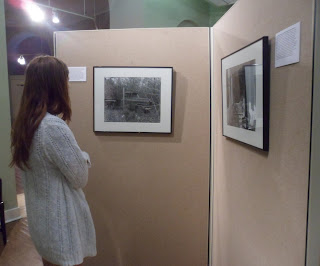One World, Two Artists features two magnificent
artists who are from different time periods and
from different parts of America, but both seemed
to be inspired by there southern culture they were
the outdoors so this obviously heavily influenced
the artwork of each artists.
Walter Anderson was born on September 29, 1903 in New Orleans. Anderson's mother was
also an artists. Anderson went to multiple schools, but finished his education at Pennsylvania
Academy of Fine Arts, where he received the Packard Award for winning an animal drawing
contests against the entire student body. Later he received a scholarship to study abroad in
France. Anderson's style was greatly influenced by the cave paintings he saw in France. He loved
to paint absolutely anything in nature that he could. He passed away on November 30, 1965, but
his artwork still lives today.
Bad things do happen; how I respond to them defines my character and the quality of my life. I can choose to sit in perpetual sadness, immobilized by the gravity of my loss, or i can choose to rise from the pain and treasure the most precious gift i have - life itself.
Walter Anderson
Will Dewey, a senior art history major from the University of Mississipi, said, "As an artist,
it is unique to see two well established artists from different parts of America have similar
characteristics throughout their paintings/drawings." Dewey also said, "As a Mississippi artist
I am proud to be represented by such artists as Walter Anderson, and I am proud the art
community of Mississippi supports him as well."
John Alexander was born in Beaumont, Texas in 1945. After completing an MFA in 1970,
at Southern Methodist University in Dallas, Alexander moved to Houston. There he established a
studio and became a member of the faculty at the University of Houston. Eventually he made
his way to New York, where then his artwork was shown all around the world.
Both artists display a love for where they grew up and nature in their artwork. Each one's
expresses their feelings in similar but different ways.
The University Museum is having a Walter Anderson Family Activity Day on October 8,
2011 from 10 A.M. until noon. There will be a tour and refreshments for the adults, and the
children will learn how to draw realistic birds.




















